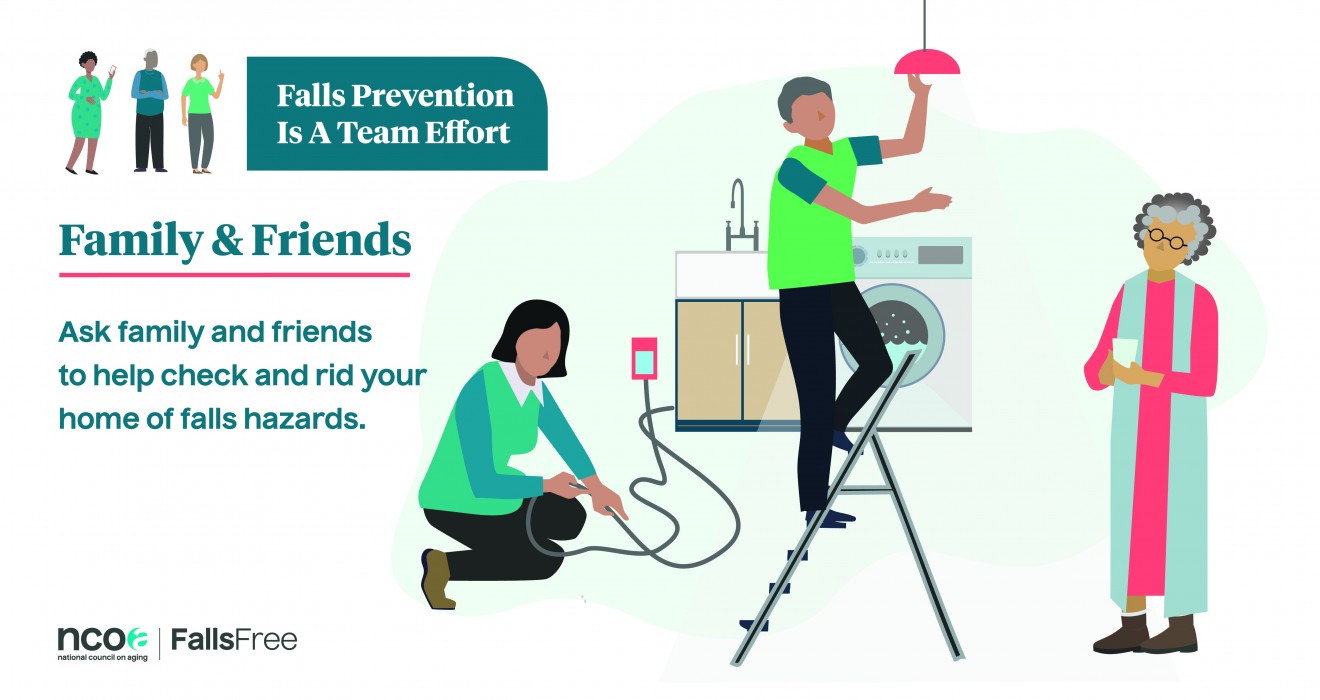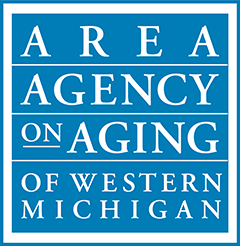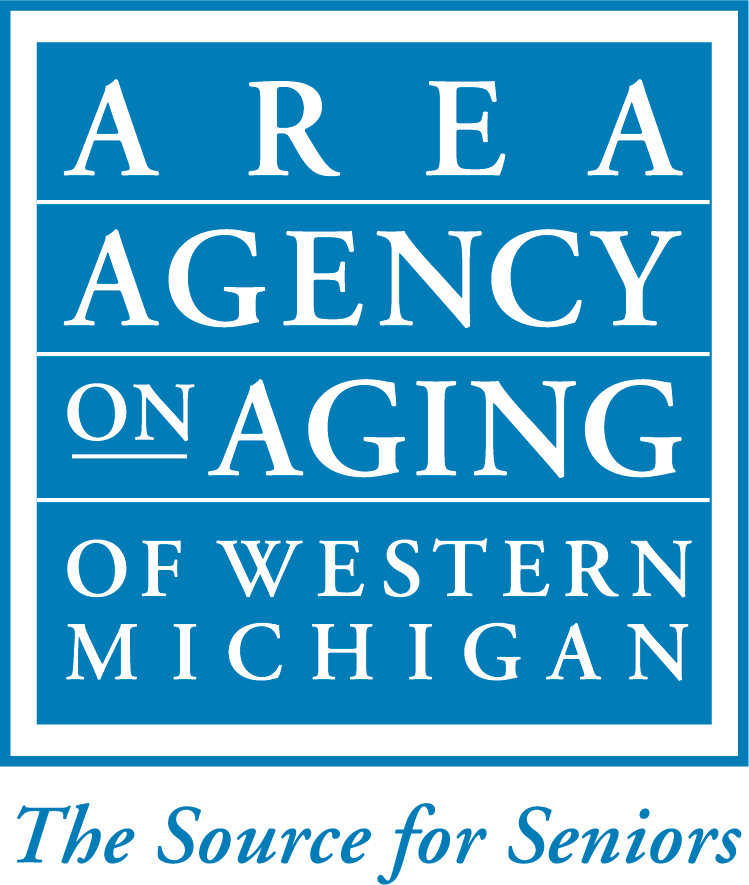Articles
Staying Active While Aging- Avoiding Falls

September 18-24 was Falls Prevention Week, a nationwide effort to raise awareness that falls are preventable. As we get older the chance of our suffering a fall increases, in fact according to the National Council on Aging (NCOA) 1 in 4 Americans aged 65+ falls each year*. Relying on your body to catch you and keep you steady, and then losing this ability, can be a serious downfall to your mobility and morale. Sometimes the fear of falling can be such an all-consuming worry that you may start retreating from doing the things you used to love. However, just because you are noticing a drop in your confidence, movement levels, and strength, does not mean that you can’t improve upon these things and live a fulfilling life. The key to fall prevention is that because we know which factors contribute to falls we can work to prevent them. The National Council on Aging recommends a number of steps you can take to prevent a fall and build your confidence along the way!
The first is to find a good balance and exercise program. This is vital because building up your body’s flexibility, strength, and balance enables you to avoid falling in the first place, and if you do happen to fall, you’ll have the ability to get up safely. The Area Agency on Aging of Western Michigan (AAAWM) offers a variety of evidence-based falls prevention classes through their Healthy Aging partner programs such as A Matter of Balance and EnhanceFitness. There are a number of evidence-based programs available throughout West Michigan, and you can learn more by calling AAAWM at (616) 456-5664 or visiting www.aaawm.org. Youtube can also be a great online resource for finding free at-home exercise classes at a level that is best for you.
Talking to your healthcare provider is the second step to fall prevention. It is helpful to go over your medical history and if you’ve experienced falls in the past. Your provider also has the ability to assess your risk level for a fall and what can be addressed to lower this risk. The third measure you can take to prevent a fall can also be done with your doctor, and this is to regularly review your medications. Some medication’s side effects can increase your risk of falling, and of course, you should take medications only as they are prescribed by your doctor. Step four of fall prevention is to get your vision and hearing checked annually. Proper sight can help you avoid trip hazards and obstacles, and abnormalities in your inner ear can also negatively impact your balance. Treat your health as a top priority to fall prevention and check in with your doctor on these three steps to ensure your well-being.
The fifth step that NCOA recommends to avoid a fall is to keep your home safe by removing hazards that are commonly overlooked, but easy to fix. A few things to look for: Do you have a clear pathway through your rooms? Look for rugs, cords and wires, and bulky furniture that may be in your way. Assess your stairs; if steps are uneven or broken this can cause you to fall, and make sure that your stairway is well-lit and has a handrail. In the kitchen, it is best if items are not on kept high shelves, and that your step stool is sturdy if you must use it. In your bedroom, you should have a light close to the bed within easy reach, as well as a well-lit path to the bathroom. Lastly, your bathroom should have some sort of support for you to rely on when using the toilet and bathtub, and if you have a slippery shower floor, add a non-slip rubber mat. Personal Emergency Response Systems (PERS) can also bring peace of mind to individuals and can be a vital line of support. A PERS program often provides a cellular in-home unit in the form of either a necklace or wristband that can call dispatch at the press of a button. Users have the freedom to set who they would like to receive the emergency notification from dispatch to send help, whether family, friend, neighbor, or ambulance. Currently, PERS are available in the region, you can call AAAWM at (616) 456-5664 to learn more. All are helpful things to keep your home safe!
The last step in fall prevention is to enlist the help of your family and friends. Let them know that you are worried about falling and would appreciate their help in making your home a safe space. They can provide an extra set of eyes and hands to rid your house of obstacles. They are also likely to help you navigate talking to your doctor, checking your vision and hearing, and reviewing your medications. Having their help will make the process less overwhelming for you. Often those around you are eager and willing to help, you just need to ask!
These six steps come together to help you avoid falls, so you can continue to do the things that you love. Getting older doesn't mean a loss of independence; it simply means adapting your environment to best fit your needs so that you can flourish. Be sure to use the resources around you; from your doctor to a family member or friend, to help you take these preventative measures. For more information on falls prevention, visit the National Council on Aging’s website at www.ncoa.org.
Tagged:

